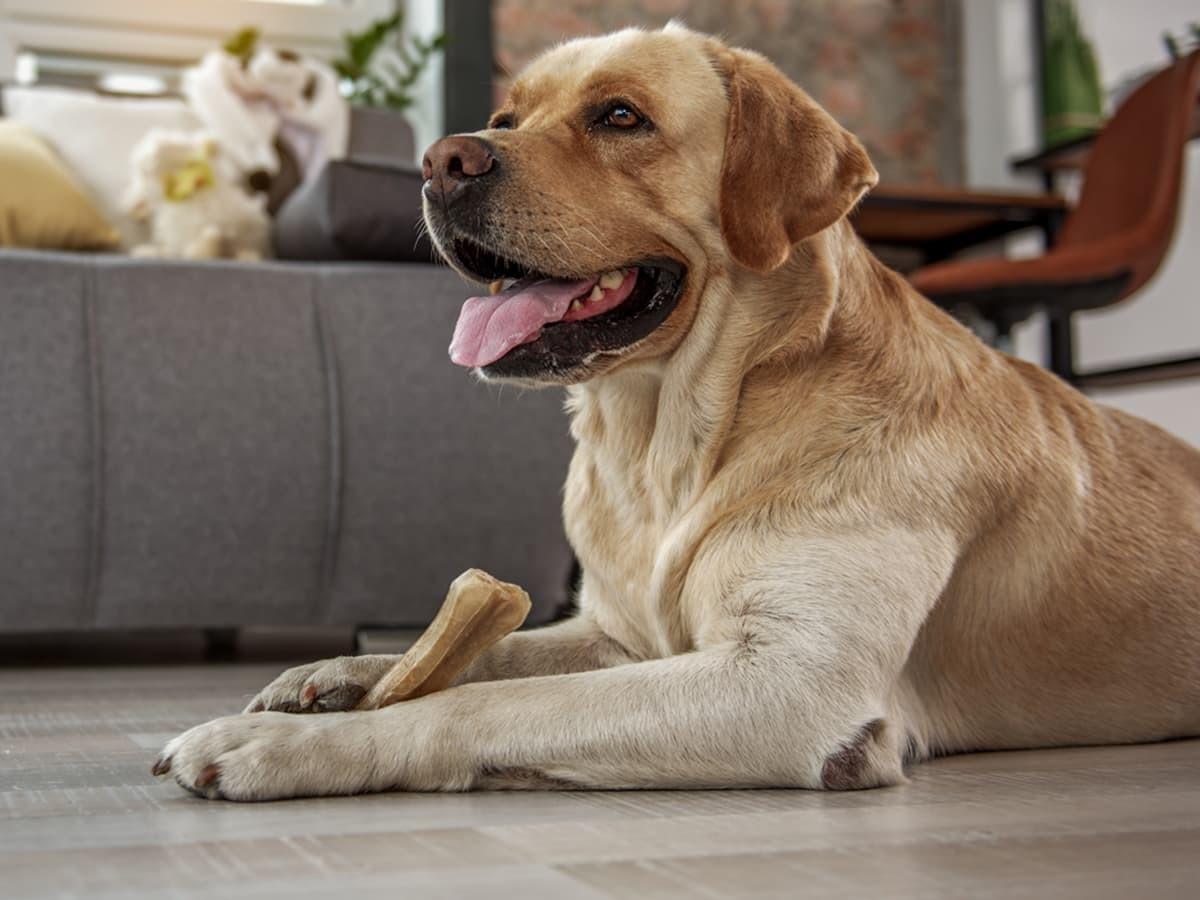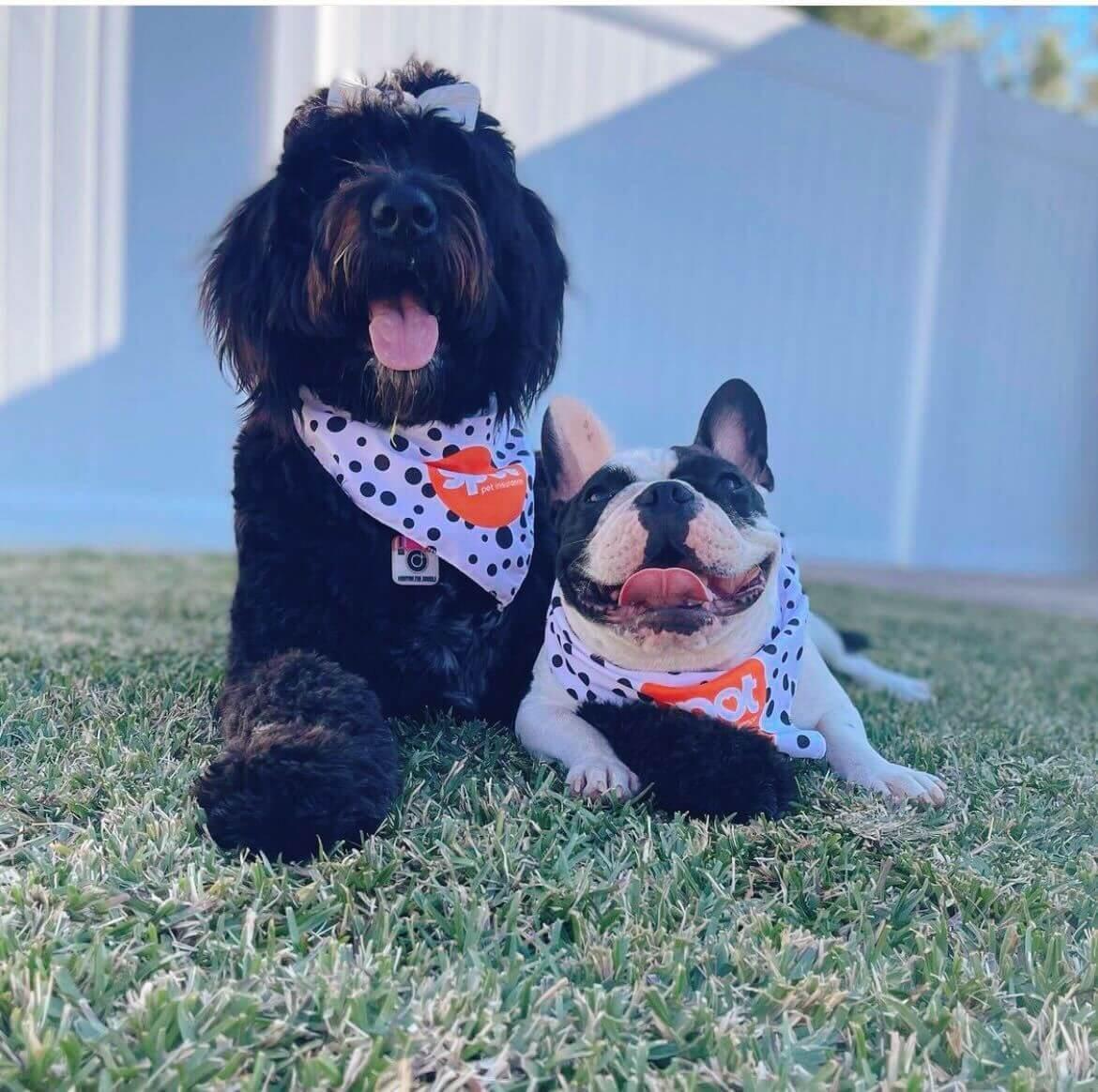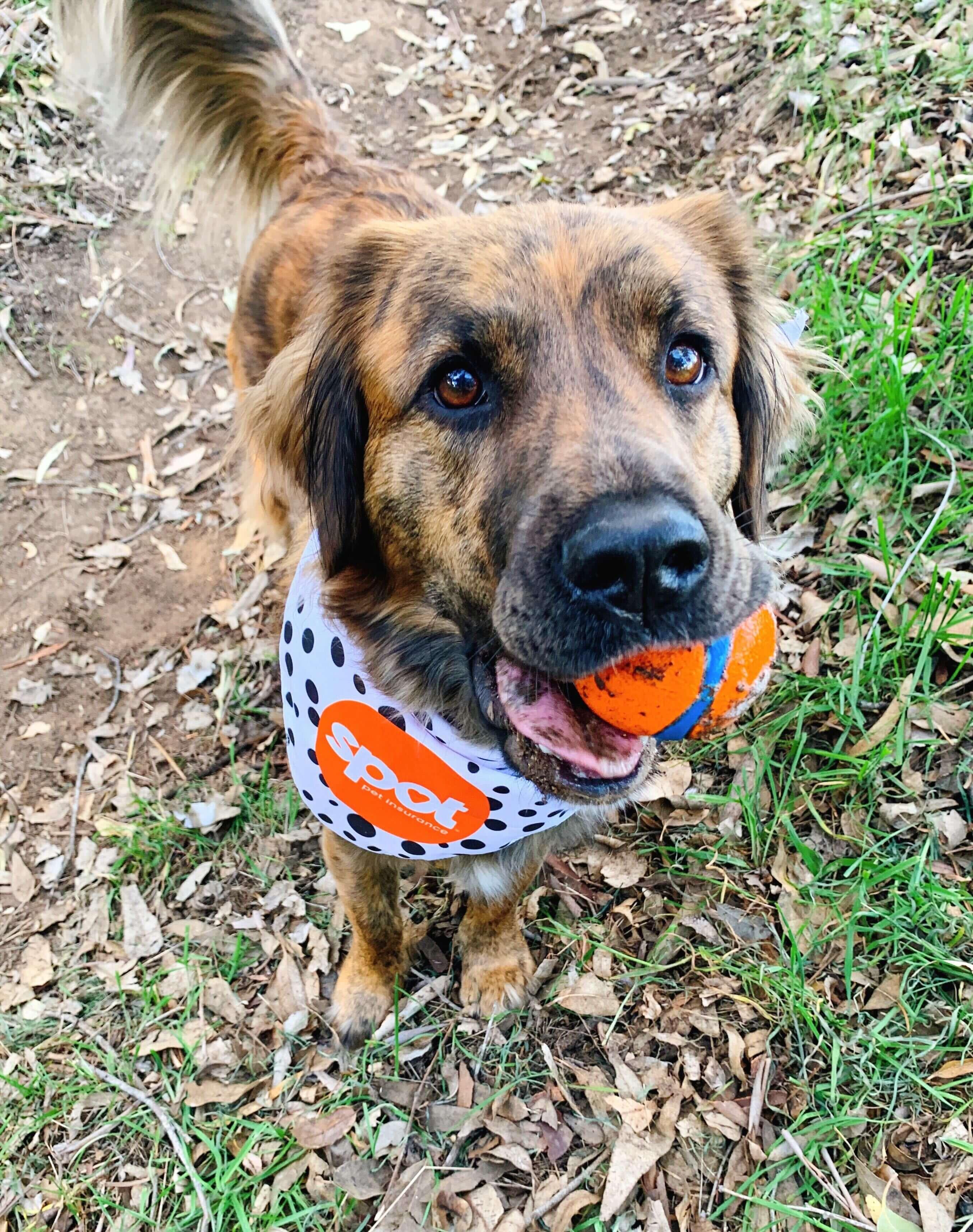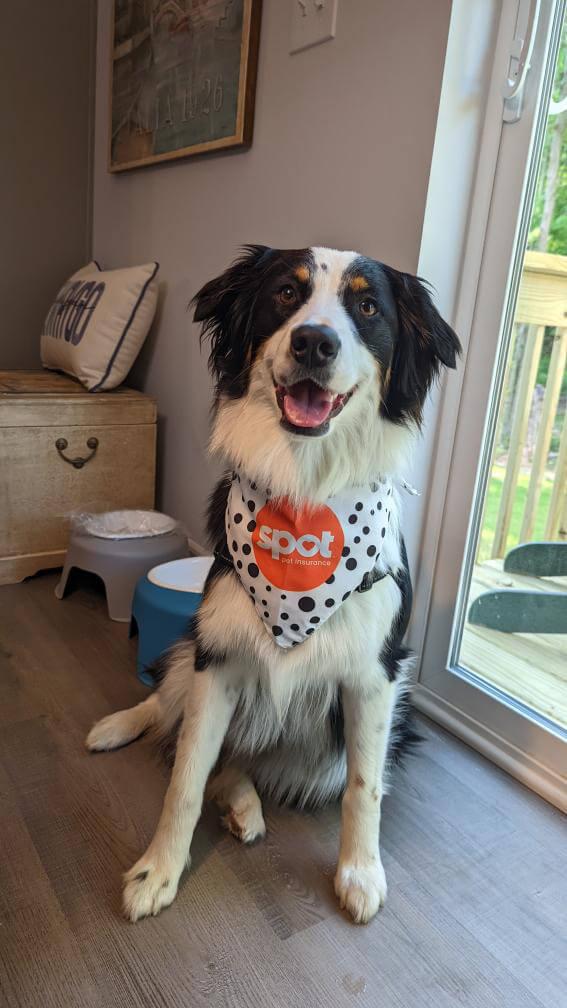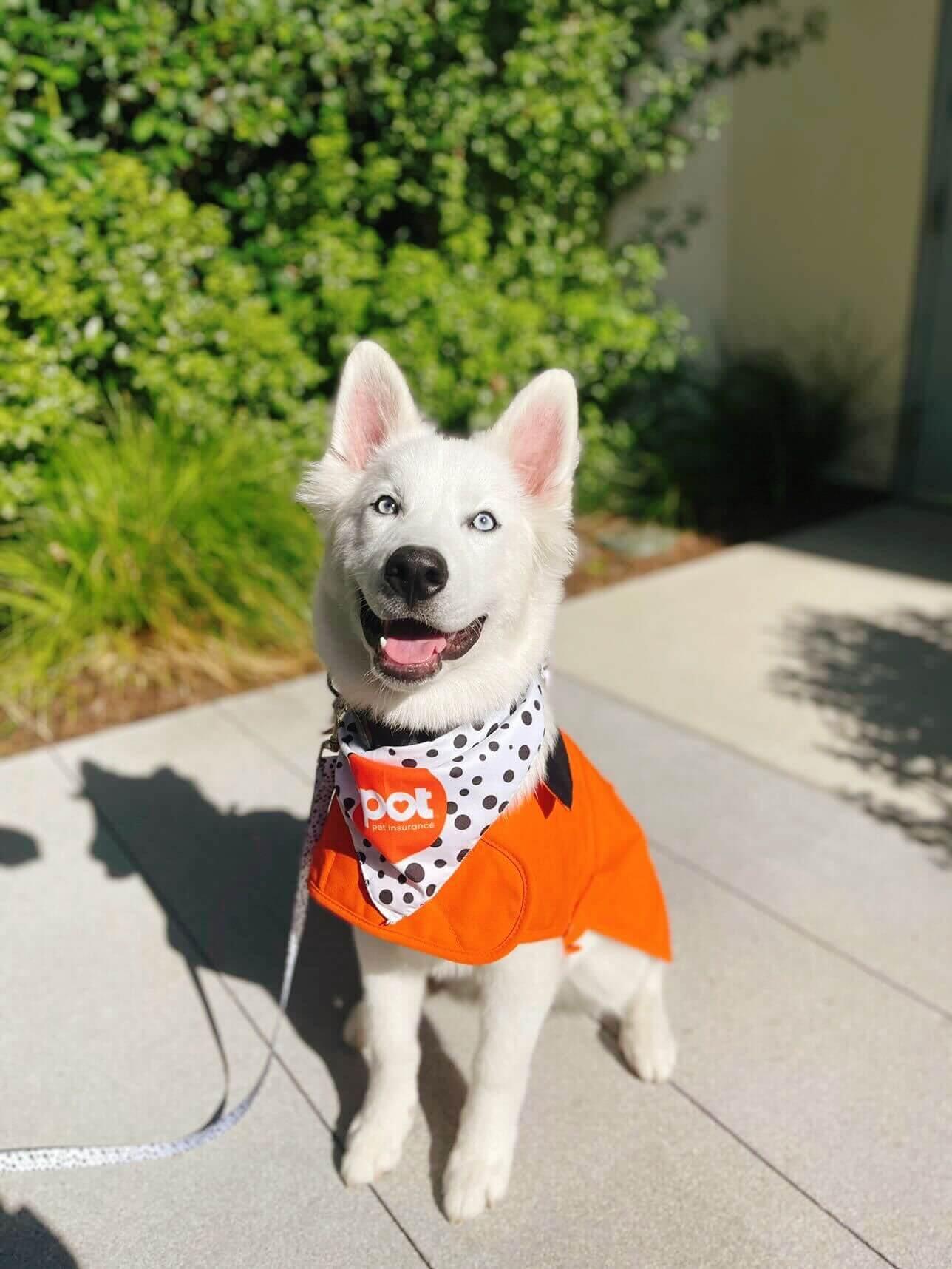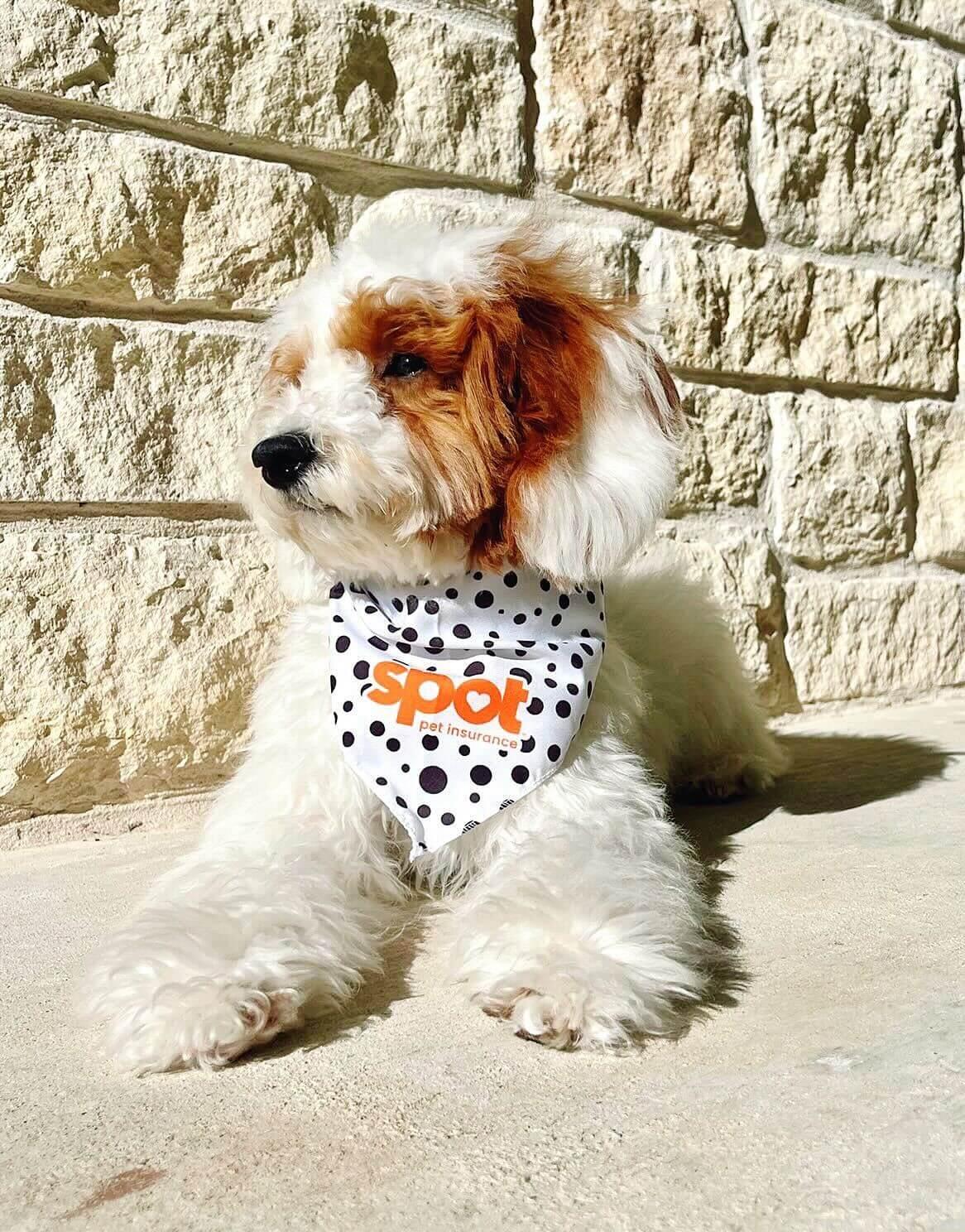Dogs are omnivores, and you might assume that means they can eat bones without a problem. After all, their wild ancestors often did. However, for modern dogs, bones can pose serious risks. Domestication has changed dogs’ diets and digestive systems, and bones (especially cooked ones) can easily splinter and injure your dog’s digestive tract. Depending on their size and type, bones can also become choking hazards. This applies to chicken, turkey, lamb, and pork bones alike.
How to Safely Give Dogs Chicken, Turkey, Lamb, or Pork Bones
If you decide to give your dog a bone, there are important safety rules to follow:
Never feed cooked bones. Cooked bones can splinter easily and cause severe damage to the mouth, throat, or intestines.
Avoid small bones. Small or fragile bones can be swallowed whole, creating a choking risk or causing an obstruction.
Supervise always. Stay nearby while your dog is chewing a bone and remove it immediately if it cracks or splinters.
Marrow Bones
Marrow bones can be a good option when chosen carefully. They’re excellent for dental health, providing natural chewing exercise that helps clean teeth and gums. They also contain nutrients that support your dog’s overall health.
However, size matters. Always choose a marrow bone appropriate for your dog’s breed and size. Too small and it becomes a choking risk; too large and it can damage teeth.
Ham Bones
If you’ve ever wondered whether your dog can have a ham bone from your holiday feast, you’re not alone. The general rule: use extreme caution. While some ham bones might seem harmless, cooked or splintered bones can cause serious internal injuries. Avoid giving your dog any bone that has broken into sharp pieces, as these can cut the mouth or puncture the digestive tract.
Possible Damage from Bones
Your dog’s tail may wag at the sight of a bone, but the potential harm is significant. Here’s what can go wrong:
Broken Teeth
Bones are extremely hard and can crack or break your dog’s teeth, especially the large canine teeth. A fractured tooth may require extraction or a costly root canal.
Tongue and Mouth Injuries
Sharp bone edges can act like razors, slicing into the tongue, cheeks, or soft palate. These injuries are painful and can bleed heavily.
Lower Jaw Entrapment
Round bones, like those from ham or marrow, can sometimes get stuck around the lower jaw and canine teeth. When this happens, dogs must be sedated so the bone can be cut away—an experience that’s frightening and dangerous.
Esophagus and Trachea Injuries
Bone fragments can lodge in the esophagus or trachea, leading to choking or internal punctures. A shard that pierces the esophagus can cause severe infection or collapse of nearby structures.
Stomach and Intestine Damage
The stomach and intestines are just as vulnerable. Sharp bone fragments can puncture their walls, causing peritonitis, a life-threatening infection where intestinal contents leak into the abdomen. Even smaller fragments can become trapped in the stomach, leading to chronic vomiting and discomfort. Surgical removal may be required.
Colon and Rectum Trauma
If bone fragments make it to the large intestine, they can cause painful constipation or complete obstruction. The sharp pieces can scrape the colon and rectum, resulting in bleeding, inflammation, or the need for enemas or emergency surgery.
Contamination Risks
Raw bones can carry harmful bacteria such as E. coli, Salmonella, and Listeria. These pathogens can make dogs sick, and they can also spread to people in your household. Children, seniors, and anyone who is immunocompromised are especially at risk of severe illness or hospitalization from these infections.
Can Dogs Eat Chicken, Turkey, Lamb, or Pork Bones?
You might be wondering whether certain types of bones are safer than others. Unfortunately, the answer is still no.
Can dogs eat chicken bones? No. They splinter easily and can cause choking or punctures in the digestive tract.
Can dogs eat turkey bones? No. Holiday leftovers may smell tempting, but turkey bones are just as dangerous for dogs.
Can dogs eat lamb bones? No, like poultry bones, they’re brittle and unsafe.
Can dogs eat pork bones? No. Slightly tougher than poultry bones but still risky; they can crack teeth or splinter internally.
No type of cooked bone is completely safe for your dog.
If You Really Want to Give a Dog a Bone...
If you still plan to offer your dog a bone, here are some essential safety guidelines to reduce the risk of injury:
Watch the size of the bone. It should always be larger than your dog’s muzzle to prevent swallowing. Check for sharp edges that could cut their mouth or tongue.
Trim off fat or skin. Although a dog’s stomach acid can destroy some bacteria, raw fat and tissue can still carry pathogens. Avoid giving raw bones to puppies, senior dogs, or those with immune or digestive issues.
Supervise your dog. Never leave your dog unattended while chewing a bone. If you notice shallow breathing, pain, constipation, or vomiting, remove the bone and contact your vet immediately.
Choose American-harvested rawhide. Look for thick, high-quality rawhide without knots on the ends. Larger pieces reduce choking risks.
Try dental health chews. For a safer alternative, pick chews with the Veterinary Oral Health Council (VOHC) seal of approval to support your dog’s teeth and gums.
Spot Pet Insurance Tip
At Spot Pet Insurance, our team of pet parents is dedicated to your dog’s overall well-being. Dental care is an essential part of their long-term health. By understanding the risks of bones and choosing safer alternatives, you can help prevent painful injuries, and avoid visits to the vet emergency room.
What Your Dog Can Eat Instead
There’s no shame in wanting to spoil your pup with food that makes them happy. Luckily, there are plenty of safer, more nutritious options than bones or junk food. Check out our guide on junk foods that your dog can eat for fun, dog-friendly treats that won't put their health at risk.
Fruits
There are many fruits that dogs can eat which are packed with vitamins, dietary fibers, and antioxidants. The best are berries like strawberries, blueberries, cranberries, and raspberries. Dogs can eat bananas, oranges, apples, melons, mangos, and pineapples. Make sure fruits with pits, stems, cores, and seeds have been ridden from these items. Several of them are choking hazards and peach pits can be toxic. Grapes of any kind are poisonous to dogs, and even raisins shouldn’t be given to them.
Seafood
When seafood is free from shells, tails, bones, and legs, they are safe for a dog to eat. Dogs can have lobster, shrimp, salmon, crab, tuna, flounder, and a variety of other fish that is lower in mercury. Fish with too much mercury fed too often to our dogs can cause mercury poisoning. Uncooked or undercooked seafood can contain harmful pathogens and bacterium like salmonella which can make a dog extremely ill. Always ensure that seafood is thoroughly cooked before feeding it to your dog.
Beans
Beans can be great sources of dietary fibers and proteins which are necessary for a dog’s health. Dogs can have a wide variety of beans, including lima beans, pinto beans, black beans, garbanzo beans, soybeans, butter beans, kidney beans, navy beans, and even green beans. Beans should always be cooked thoroughly and fed to dogs in moderation to avoid tummy aches. Beans shouldn’t replace meat in a dog’s diet, since the meat they eat is a richer source of proteins.
Vegetables
As stated earlier, garlic and onions contain toxins that are bad for dogs, and even seasonings containing traces of these vegetables could cause problems. Avocado is another poisonous food because it contains a toxic chemical called persin. Other veggies are considered great sources of fiber and vitamins for dogs. Dogs can eat carrots, pumpkins, spinach, celery, brussels sprouts, broccoli, kale, and many other vegetables instead.
Nuts
Most nuts aren’t toxic to dogs, save for walnuts and macadamia nuts. Other nuts aren’t necessarily poisonous, but they can contain lots of salts, fats, and proteins that are difficult to digest. They also aren’t very practical because they can be choking hazards due to their shapes, sizes, and shells. Cashews, almonds, and pistachios are fine for dogs to eat moderately, especially when they are made into butter which is safer to eat in terms of obstruction.

Mostly a tech person, always a pet person. I am dedicated to improving the lives of pets and their humans with technology. Off-duty, I enjoy writing about the misbehaving of computer programs and my two Aussiedoodles, Calvin and Hobbes.
AKC Staff. "Can Dogs Eat Bones?" American Kennel Club, 26 Mar. 2024, https://www.akc.org/expert-advice/nutrition/can-dogs-eat-bones.
Boyers, Lindsay. "Can Dogs Eat Bones?" PetMD, 11 Mar. 2025, https://www.petmd.com/dog/nutrition/can-dogs-eat-bones.
Pet Expert Team. "Can Dogs Eat Bones?" Purina, 01 Oct. 2025, https://www.purina.com/articles/dog/feeding/can-dogs-eat/bones.
The information presented in this article is for educational and informational purposes only and does not constitute or substitute for the advice of your veterinarian.

